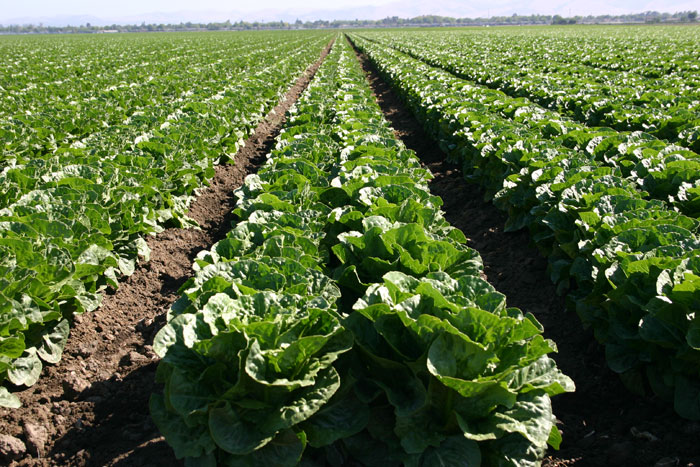
We’re in the midst of the fifth E. coli outbreak from leafy greens in just two years. It’s also the second outbreak announcement in the last month.
Update 11/26/2019, 5:22 p.m.: CDC updated the number of victims from 40 to 69 since this story published yesterday. The number of states involved has increased from 16 to 19, and hospitalizations increased from 28 to 39. We will continue to update this story.
You’re forgiven if you mixed up Friday’s announcement of an E. coli outbreak in romaine lettuce with the other E. coli outbreak in romaine lettuce announced earlier this month. Or, perhaps you’ve confused it with the E. coli outbreak in romaine lettuce around Thanksgiving 2018, or that other one near Thanksgiving 2017.
“Our leafy green supply chain is simply not good,” says Angela Anandappa, supply chain expert and executive director of product safety watchdog Alliance for Advanced Sanitation. “What’s particularly bad is it’s starting to seem like we’re licked.”
The latest outbreak, unfortunately timed to coincide with one of this country’s biggest food holidays, is a new strain of Shiga toxin-producing E. coli 0157:H7 that appears to be particularly virulent. Of the 40 victims across 16 states identified thus far, 28 have been hospitalized. Five of these victims have developed hemolytic uremic syndrome, a very dangerous type of kidney failure. Laura Whitlock, communications lead for the Centers for Disease Control and Prevention’s (CDC) Outbreak Response and Prevention team, says the agency will likely announce more victims before Thanksgiving.
“This is very much an ongoing investigation,” she says. “New data is coming in hourly, and we’re out there trying to tell restaurants and retailers what they should tell their customers.”
This particular E. coli outbreak seems to have roots in Salinas, California, one of the two main growing regions in the United States, also known as the country’s “salad bowl.” Past outbreaks have stemmed from Yuma, Arizona, where most of our lettuce is grown in the winter.
I’ll have to thank you for the success today
Thanks so much!
Comments are closed.